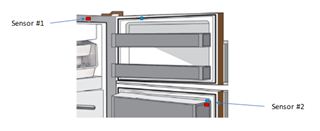Do home appliances – specifically refrigerators – use position sensors such as Hall-effect or Inductive sensors to detect movement or exact position of moving parts?
-
Ask a related question
What is a related question?A related question is a question created from another question. When the related question is created, it will be automatically linked to the original question.




